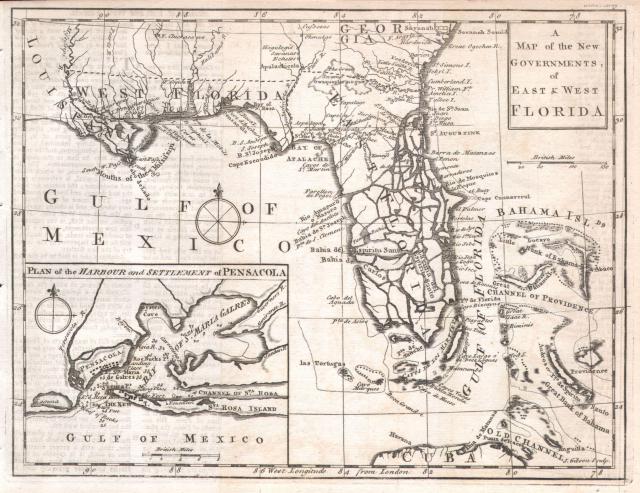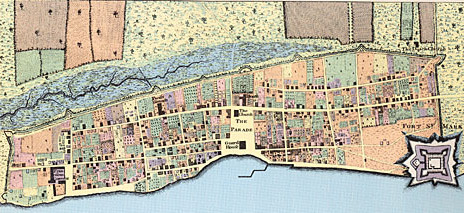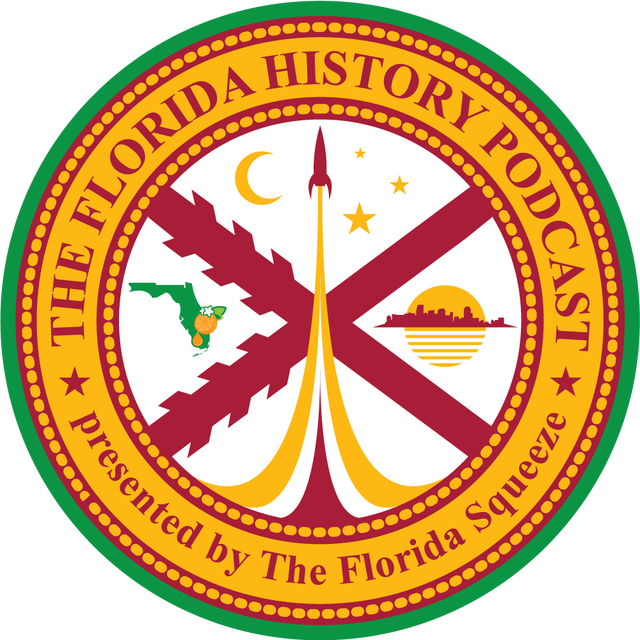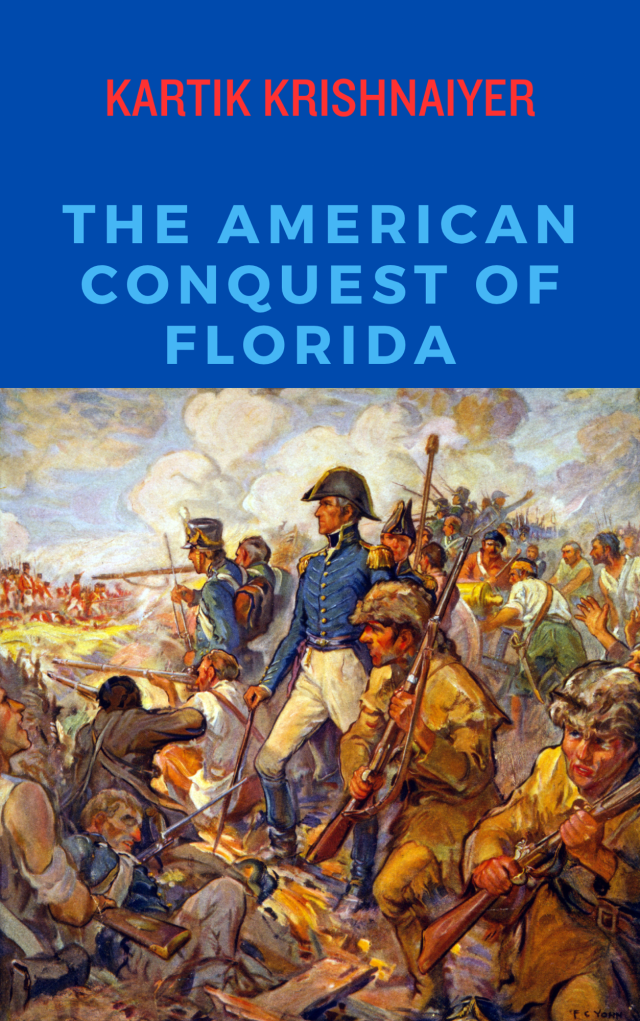We’ve spent a significant amount of time on this site in the past discussing the English/British invasions of Spanish Florida in the early-mid 1700’s.
One thing we’ve neglected to discuss with the same time or care is the attempts by American colonists AFTER the British took control of Florida in 1763 and during the second Spanish period which began in 1784 to take control of Florida.

We’ll save discussion of the West Florida controversy for a later date. For whatever reason American history texts and even broad overviews of Florida history have focused on this, perhaps because it impacted the formation and boundaries of four current US states rather than just one. But the history of East Florida, which was tied up in the American Revolution and its aftermath is scarcely covered.
Below we’ll try and give a very quick overview of events that took place.
The American Revolution
We’ve previously discussed why Florida as a British colony invited to the Continental Congress decided to remain loyal to the crown in London.
During the Revolutionary War invasions of Florida were authorized by the Continental Army’s commanders.
During the Revolution, Pensacola became an important military staging ground for the British and St Augustine became that and more. St Augustine was a strategic city whose population swelled thanks to fleeing loyalists from Georgia and South Carolina. It also provided a security blanket for Britain’s more important colonies in the Caribbean from where sugar and rum among other products were exported to Britain. St Augustine was a key to protecting Britain’s Caribbean empire much as it had been a key for the Spanish for 200 hundred years to protect their Caribbean assets.

The American rebels made several failed attempts to capture St Augustine, and raiding was a common occurrence along the Georgia-East Florida border at the St Marys River.
The Battle of Thomas Creek fought in 1777 repulsed the second of three attempts by the United States forces to capture British St Augustine. The battle fought in modern Nassau County was a clear British victory.
In 1778, British forces defeated an American combination of Militia and Cavalry at the Battle of Alligator Bridge in present day Nassau County. This engagement which was much larger than the one fought at Thomas Creek the previous year ended attempts by the Continental Army to capture East Florida.
The British in Florida successfully cultivated Indian allies and this was a big part of the being able to prevent any sort of successful penetration by rebel forces beyond what is now Nassau County.
Florida was ceded back to the Spanish in 1783 and formal control was handed over in 1784.
United States sympathy with French Revolution leads to East Florida rebellion
In 1795, a small rebellion broke out in East Florida. Not much has been written about this event though it appears to have been prompted by a combination of French agents who were active throughout North America and the desire of southern plantation owners to expand their holdings into Florida, with its advantageous climate and fertile soil.
At the time Spain and Britain were in alliance against Revolutionary Spain. The ideas of revolution and the enlightenment that grew out of the American Revolution helped inspire the French causes. Thus many Americans were sympathetic to the revolutionary causes which created internal issues for the Washington Administration given Alexander Hamilton’s vision of closer commercial ties with Britain.
A certain amount anarchy existed on the Florida-Georgia border in this period. Raiding by Native Americans was common. Additionally the Spanish administration of Florida was loose leading to frustration among many residents. Florida was always a haven for runaway slaves and much like the first Spanish period, the colony was seen as military bulwark more than an engine for economic or population growth.
This attitude did change somewhat in the early 1790’s as Spain looked to further develop the agricultural sector of the colony. Immigration from the United States was encouraged and sanctuary for slaves was rescinded.
While many of the rebels were British settlers from the 1763-1784 period, many had also arrived in the colony after the Spanish regained control of East Florida.
In the end the rebellion was put down and many of the rebels fled to Georgia. This coincided with a peace treaty between France and Spain. Of course hostilities in Europe would flair up again when Napoleon came to power only a few years later.
Florida would eventually be ceded to the Americans in 1819. In the future we’ll cover the West Florida controversies, Andrew Jackson’s raids into the Florida and the War of 1812.







[…] by The Florida Squeeze on 2019-04-20 11:11:11", "UK English Female"); } }; Originally posted by The Florida Squeeze on 2019-04-20 […]
LikeLike